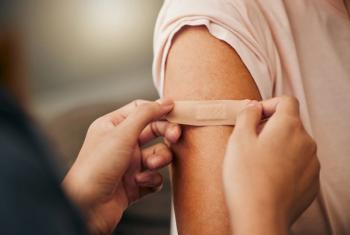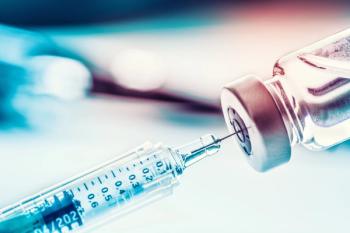
As alcohol advertising increases, so does youthful drinking
The amount of alcohol advertising to which 15- to 26-year-olds are exposed correlates with how much they drink, according to findings of a large national longitudinal study. Investigators interviewed hundreds of young people living in 24 different media markets (geographic areas) four times during a 21-month period about their exposure to advertising and their alcohol use. These markets represented a range of per-capita advertising expenditures for alcohol, as seen in the number and type of alcohol advertisements on television, radio, billboards, and newspapers.
Larger expenditures on alcohol advertising were related both to higher levels of drinking among youths and to a steeper increase in drinking over time. Young people who lived in a market where there was relatively more alcohol advertising drank more, increased their drinking more over time, and continued to drink more into their late 20s. Young people who lived in a market where there was relatively less alcohol advertising did not drink as much and tended to increase their drinking modestly until their early 20s-at which time they began to drink less (Snyder LB et al: Arch Pediatr Adolesc Med 2006;160:18).
CommentaryThese findings are no surprise to marketers. Alcohol producers could self-regulate, restricting alcohol advertising in media where a large percentage of the audience is underage. But don't count on the industry to leap at this prospect: Estimates are that underage drinkers consume 20% of alcohol sold.
Newsletter
Access practical, evidence-based guidance to support better care for our youngest patients. Join our email list for the latest clinical updates.










